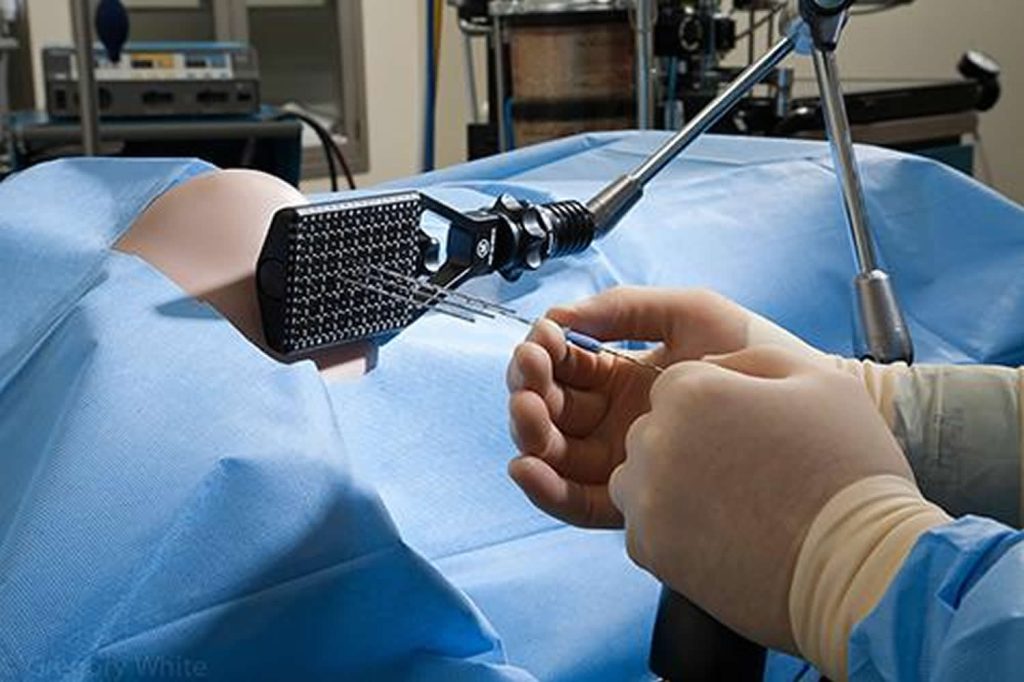Brachytherapy in India starts from $2000. The total cost of the treatment depends on the diagnosis and facilities opted by the patient.
Brachytherapy is an advanced form of radiation therapy. It is also known as internal radiation therapy. Radiation therapy is a type of cancer treatment in which ionizing radiation is used to destroy cancer cells and shrink the size of the tumors. The conventional form of radiation therapy is external beam radiation that projects radiation from a machine outside of the body. In case of internal radiation or brachytherapy, radioactive particles or sources that are internally placed in or next to the tumour site, are used to destroy cancer cells. Brachytherapy helps deliver a high radiation dose to the tumor, with minimal exposure to the surrounding healthy tissues.It thus allows delivering high doses of radiation to more-specific areas of the body.
Brachytherapy can be used for effective treatment of cervical, prostate, breast, skin, lung, head and neck, and gum cancer, in addition to tumors located in other parts of the body. Brachytherapy for prostate cancer is a commonly performed procedure. It is also used for the treatment of gum cancer as well. Brachytherapy is an alternative treatment for gum cancer and is conducted who are unfit to undergo a surgery or do not need one.
Brachytherapy can be completed in less time than other conventional radiotherapy techniques. Brachytherapy for prostate cancer and other cancers is often performed on an outpatient basis and patients typically have to take fewer brachytherapy sessions, as compared to external radiotherapy treatment for cancer. This makes brachytherapy more accessible and convenient to many patients. Most of the patients are able to tolerate brachytherapy very well with fewer side effects.
Types of Brachytherapy
There are two types of brachytherapy treatment:
- Temporary brachytherapy:
In this method, highly radioactive particles are placed in a catheter or slender tube for a specific amount of time and then withdrawn. Temporary brachytherapy can be administered at either low-dose rate (LDR) or high-dose-rate (HDR). - Permanent brachytherapy:
In this method, a radioactive seed or pellet is implanted in or near the tumor and left there permanently. After a period of several months, the radioactivity level of the implanted seed eventually diminishes to nothing.






